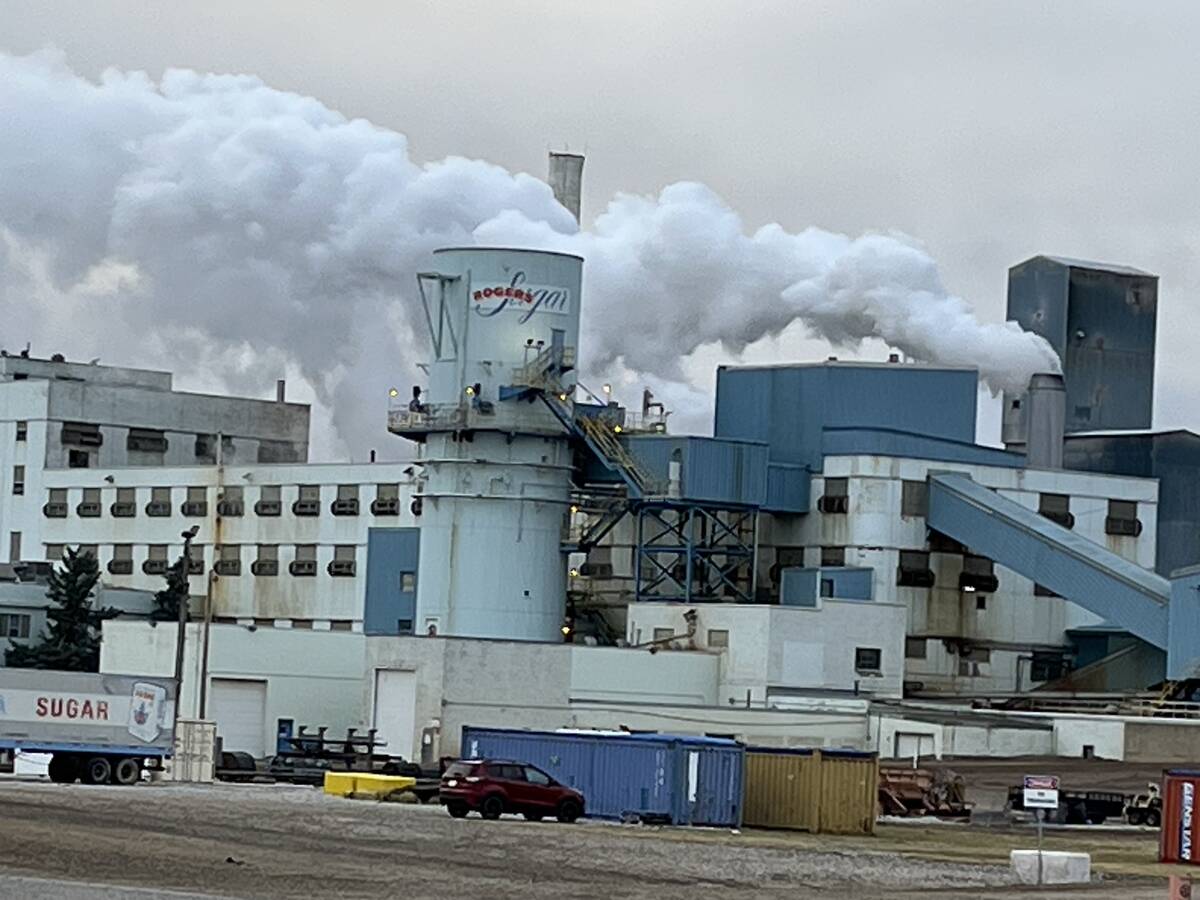A new BASF fungicide employs three modes of action to combat disease in cereal crops, and it’s also registered for blackleg in canola.
“It gives you excellent control of all the major leaf diseases in Western Canada, for your wheat, your barley, and your oats,” said Glen Forster of BASF.
Nexicor has a group 3, 7 and 11 modes of action in its ingredients, which Forster said allows for greater activity on plant disease for a longer period of time.
“You have the three modes of action working on the same species of disease.
Read Also

Sugar beet harvest underway in southern Alberta
Alberta Sugar Beet Growers hosts field tour to educate the public on the intricacies of the crop, its harvest process, and contracts with Lantic Sugar
“So you have resistance management, but you also have unique properties in each of the components that allows for more preventative and more curative properties as well as more consistent level of control,” Forester said.
He said the multiple modes of action do not necessarily increase the overall length of time the product is active, instead it increases the amount of control for the 10 to 14 day period that fungicides are normally active.
Nexicor is a broad spectrum disease control product that was developed for a flag leaf application for net blotch and stripe rust in barley, crown rust in oats, leaf rust in rye, and leaf rust, septoria leaf spot, stripe rust, and tan spot in wheat and triticale.
The fungicide doesn’t need to be tank mixed with anything for flag leaf applications in cereals, and it is registered for tank mix with all of the major canola herbicides for applications for blackleg in canola.
Blackleg in canola is not occurring in high rates across the Prairies, however the Canola Council surveys show the disease is increasing and there are some highly infected fields out there.
Forester said genetics are the first line of defence against blackleg, but if growers have fields where blackleg is present Nexicor will help control the disease.
“If you’ve seen blackleg in the past there is a greater chance for that field to have blackleg in the future and you should be protecting it with a fungicide application,” he said.
This is the first year Nexicor is available to all growers.
One case of Nexicor fungicide treats 80 acres.















